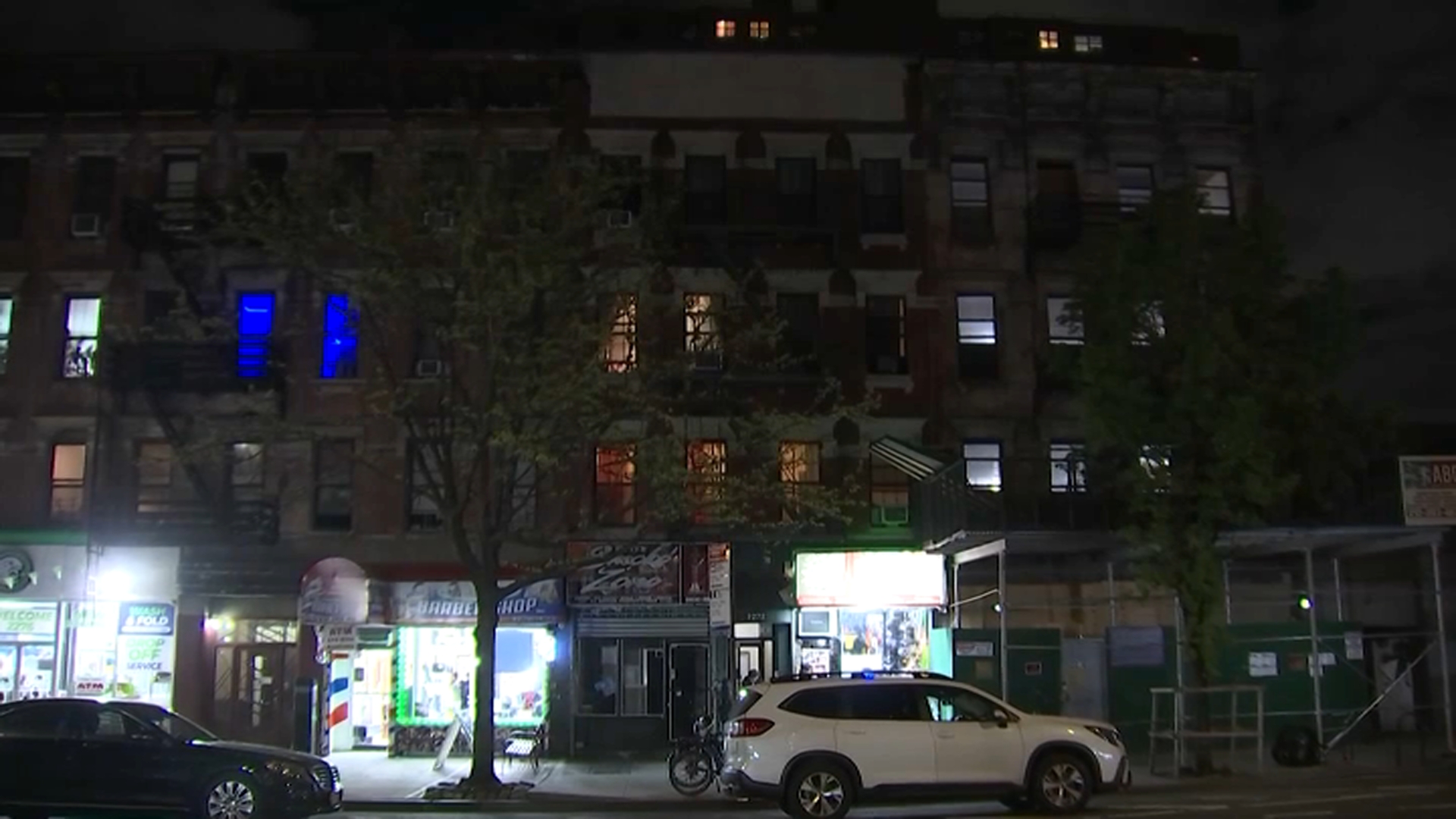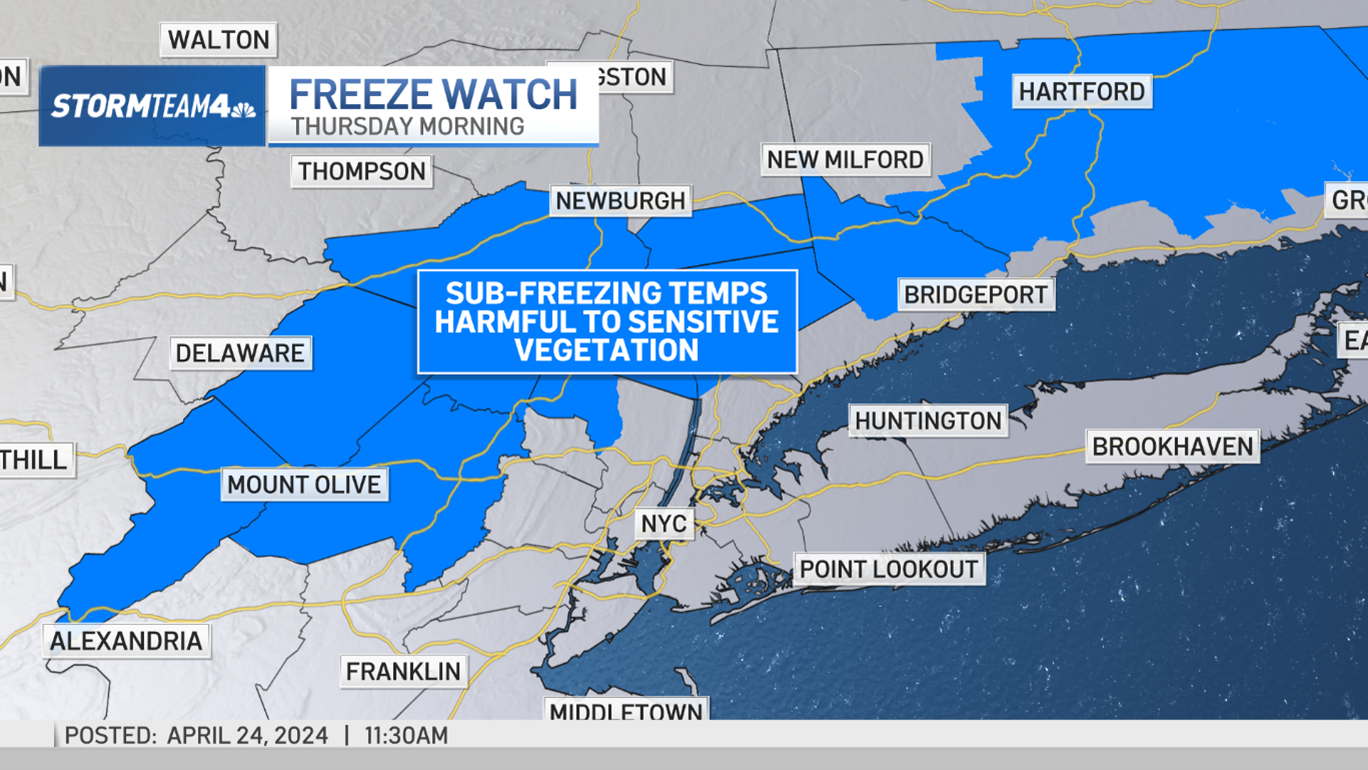She died just 44 years ago this week in Westport, Connecticut.
Helen Keller, blind and deaf, who lived much of her life in the New York area, became an inspiration to the world. In her book, "The World I Live In," she wrote: "The keenness of our vision depends not on how much we can see, but on how much we feel."
She loved New York. "Cut off as I am," she wrote, "it is inevitable that I should sometimes feel like a shadow walking in a shadowy world. When this happens I ask to be taken to New York City. Always I return home weary but I have the comforting certainty that mankind is real flesh and I myself am not a dream."
Helen Keller was born on a farm in Alabama. She was stricken with a disease at 19 months, probably scarlet fever, and it left her blind and deaf. She was an angry, difficult child. When she was six, her parents arranged for a 20-year-old woman named Anne Sullivan to teach Helen.
Under Sullivan’s strict but warm supervision, Helen learned finally to communicate with the outside world. She had only a hazy remembrance of spoken language. But Anne Sullivan soon taught Helen her first word: "water." Anne took Helen to the water pump outside and placed Helen’s hand under the spout. As the water flowed over one hand, Anne spelled into the other hand the word "w-a-t-e-r", first slowly, then rapidly. The signals now had meaning.
As Helen described it: "I knew then that ‘w-a-t-e-r’ meant the wonderful cool something that was flowing over my hand. That living word awakened my soul, gave it light, hope, joy, set it free."
On that amazing day, Helen quickly touched the earth and demanded its name. By nightfall she had learned 30 words. Soon she had mastered the alphabet and learned to read and write. She won the affection of two great Americans, Alexander Graham Bell and Mark Twain.
Local
Mark Twain said: "The two most interesting characters of the 19th century are Napoleon and Helen Keller."
She graduated with a B.A. from Radcliffe College, where she began a writing career. Her autobiography, "The Story of My Life," was translated into 50 languages. She wrote more than 475 speeches and essays on topics including: faith, blindness prevention, birth control, the rise of fascism in Europe and atomic energy. She used a braille typewriter. She thought of herself as a writer. Her passport listed her profession as "author."
She was an activist, an advocate for woman’s suffrage. She worked passionately for the American Foundation for the Blind for more than 40 years. From 1946 to 1957, she visited 35 countries, meeting with world leaders such as Winston Churchill, Jawaharlal Nehru and Golda Meir.
At a memorial service after her death, Senator Lister Hill of Alabama, said: "She will live on, one of the few, the immortal names not born to die. Her spirit will endure as long as man can read and stories can be told of the woman who showed the world there are no boundaries to courage and faith."



